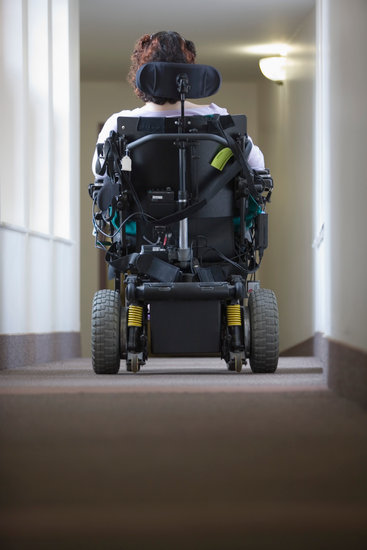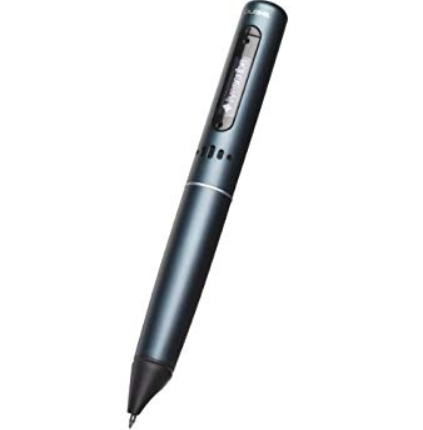People without disabilities sometimes take a lot for granted, things as simple as taking notes in class or a meeting or dancing. Thanks to new technologies from all over the world, simple, everyday tasks are becoming easier for people with disabilities.
Innovative New Wheelchairs
Toyota and researchers in Japan have developed a wheelchair that users can control and maneuver with thought alone.
 Electroencephalography (EEG), or brain-wave detecting technology, isn’t new. Scientists have been working with it for years. The simplest explanation of how EEG works is that a device, usually a cap or hat, that has been wired with sensors detects a person’s brain waves and feeds them to a computer. The computer instantly analyzes the data and applies to the device in question.
Electroencephalography (EEG), or brain-wave detecting technology, isn’t new. Scientists have been working with it for years. The simplest explanation of how EEG works is that a device, usually a cap or hat, that has been wired with sensors detects a person’s brain waves and feeds them to a computer. The computer instantly analyzes the data and applies to the device in question.
Plans are underway by Toyota to make this new brain-wave controlled wheelchair a commercial product to be used in rehabilitation centers. The most practical use, as of right now, for this wheelchair is for rehab patients who have been paralyzed or otherwise lost their muscle control.
A collaboration between the theater/dance and engineering departments at the University of South Florida has resulted in the development of a hands-free wheelchair for dance.
A professor from the school’s dance department came up with the idea for the chair four years ago while dancing with a mixed-ability dance company. She realized that standard wheelchairs aren’t built for dancing. She approached the school’s center for assistive and rehabilitation robotics technologies and they began work on the hands-free chair.
The chair essentially turns the user’s body into a joystick. Sensors attached to a bracketing system underneath the seat detect the user’s movements and steer the chair.
The university has received a patent and students are now working on a new prototype that they hope can be sold commercially.
Other Technologies are Helping the Disabled
The Pulse SmartPen is helping students and professionals who have limited writing ability to take better class notes and capture meetings.
Users of the SmartPen generally take short notes on the special paper that accompanies the pen. When the user taps on the note, the pen will sync to that portion of the audio recording. The SmartPen has the ability to record up to 400 hours of audio. The device has a USB plug to connect to your computer, giving it the ability to instantly transfer the recording to your desktop.
 The Weizmann Institutes scientists in Israel have published a study that shows that people with “locked in” syndrome and others in similar situations can communicate and control a wheelchair by sniffing.
The Weizmann Institutes scientists in Israel have published a study that shows that people with “locked in” syndrome and others in similar situations can communicate and control a wheelchair by sniffing.
These scientists theorized that people who could no longer control their bodies can still control their soft palate- the tissue that is located in the back of the mouth roof which is closing off the nasal passage when swallowing. They have created a device that is measuring the nasal pressure and it’s turning into an electrical signal.
When this device was hooked up to a word-processing program, few “locked in” people were enabled to communicate. Being wheelchair hooked up, quadriplegics were enabled to learn to control it with a series of sniffs.
There are limitations to sniff technology. Not everyone will be able to use it. About 25% of the healthy volunteers who initially tried the technology were unable to control their soft palate. Communicating with this technology is also still incredibly slow at a few letters per minute.
